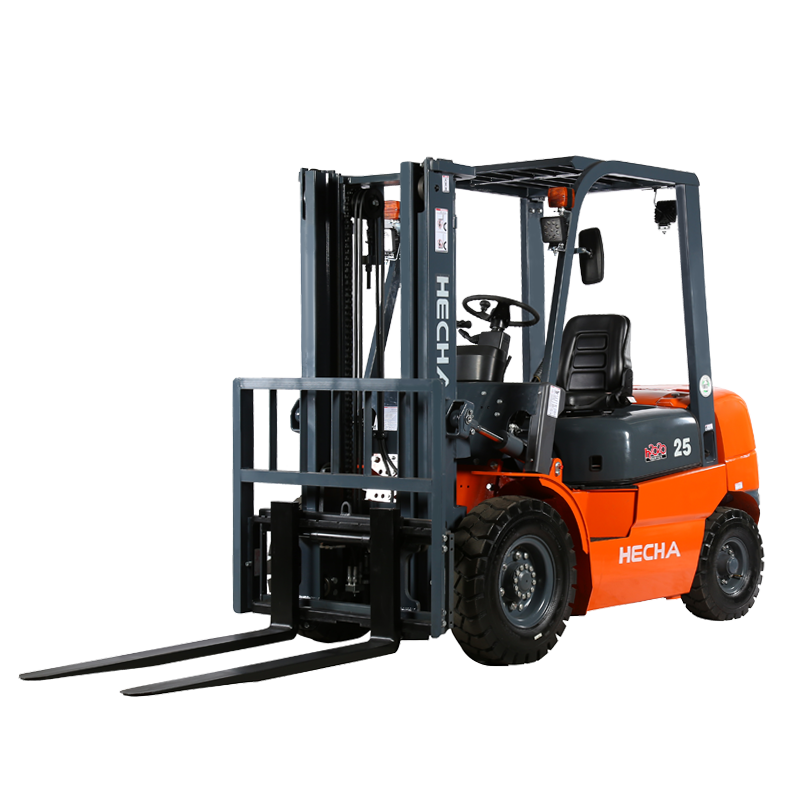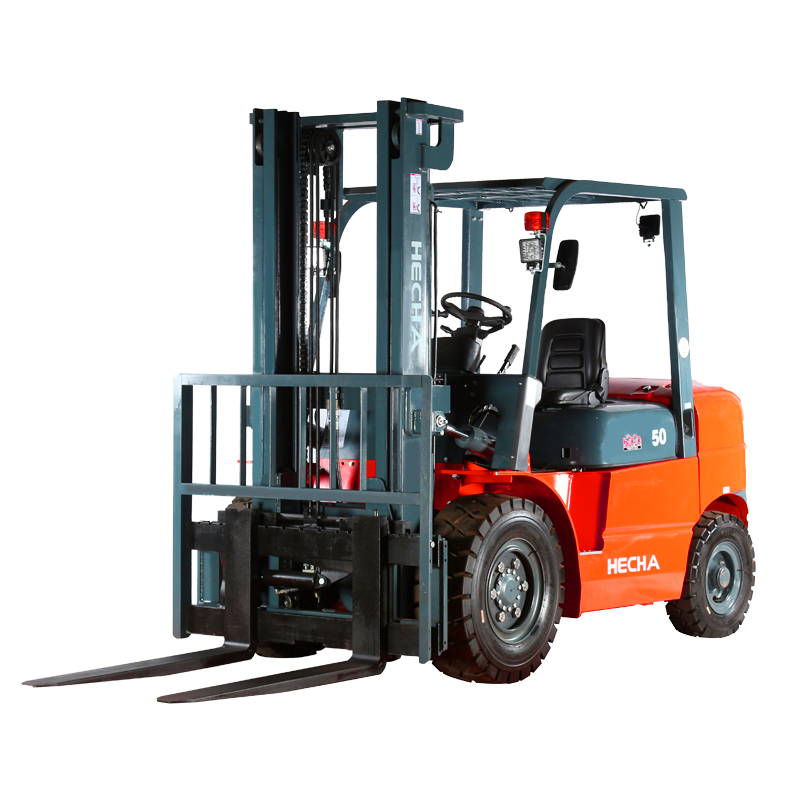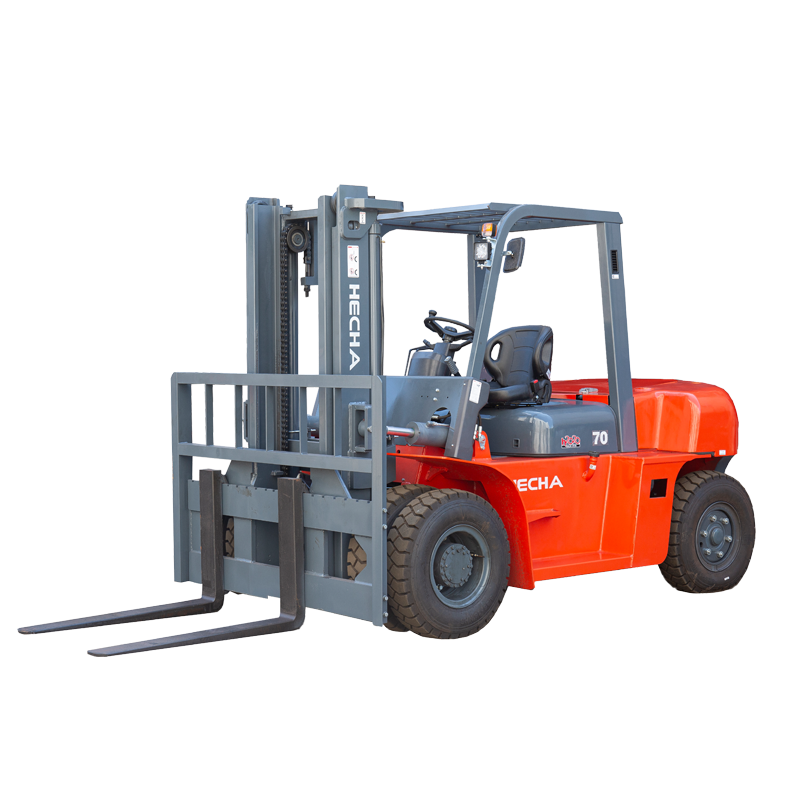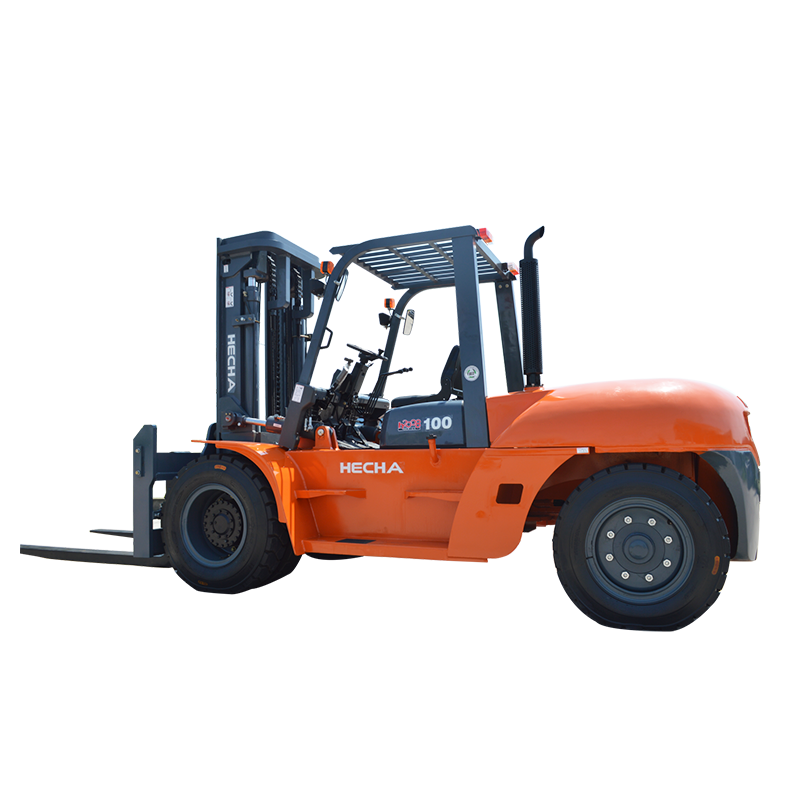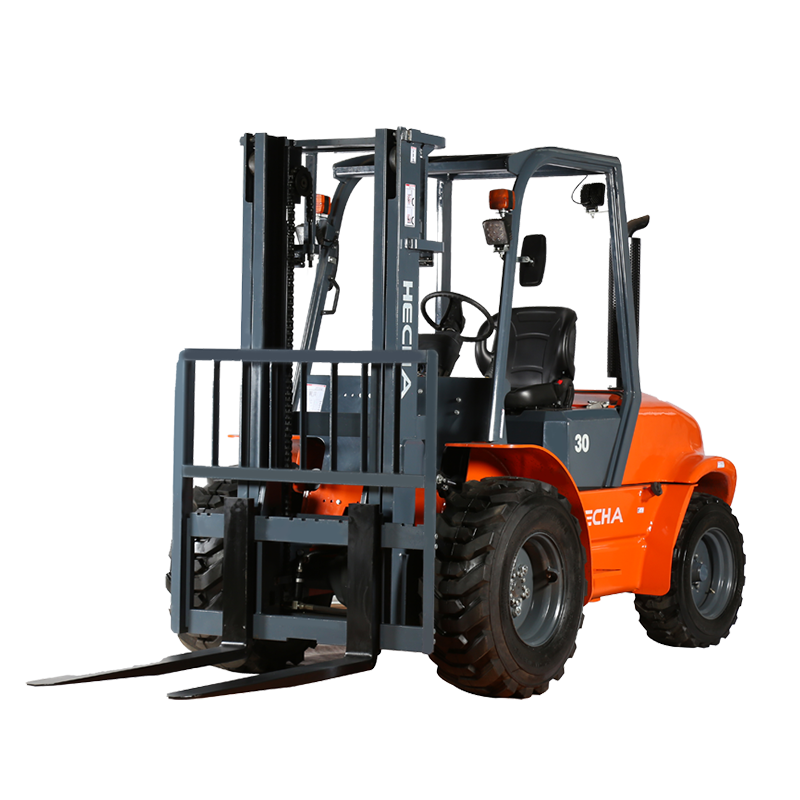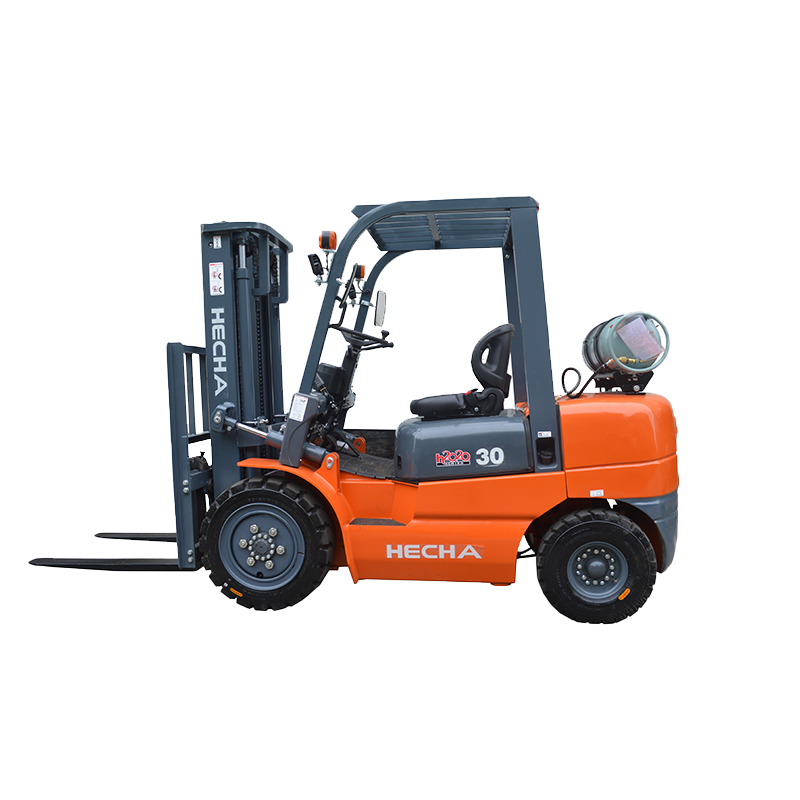Analysis of the working principle of electric stacker
As a key equipment in modern logistics warehousing, electric stacker is mainly driven by electric energy. Its power source is the battery, which provides stable power support for the motor by converting chemical energy into electrical energy. The motor converts electrical energy into mechanical energy to drive the hydraulic pump. The hydraulic pump converts the rotational motion of the motor into the pressure energy of the liquid, so that the piston rod in the cylinder can be extended and retracted, thereby realizing the lifting and lowering action of the fork and completing the stacking and unloading of goods. The motor is also responsible for driving the wheels to rotate, realizing the forward, backward and steering of the vehicle, and meeting the needs of short-distance transportation of goods.
Classification of electric stackers
All-electric stackers use electric methods for both lifting and driving devices. When driving, the battery drives the motor to work and drives the wheels to move the direction and position; when lifting goods, the motor drives the hydraulic pump station to push the hydraulic cylinder to complete the lifting action. This type of stacker has a high degree of automation and is easy to operate. It is suitable for frequent and high-intensity cargo handling and stacking operations. It can flexibly move cargo within a large range and can effectively replace some operations of electric transport trucks and forklifts. Semi-electric stackers have similar functions to full-electric stackers, but lack a drive device. It is only equipped with a few basic load-bearing wheels and steering wheels. The position movement needs to rely on manpower, while the cargo lifting is achieved by the motor driving the hydraulic pump station to push the hydraulic cylinder. Semi-electric stackers are mainly used in scenarios with a small range of cargo movement requirements, such as loading and unloading, warehouse stacking, high-altitude material collection, etc., focusing on the lifting and lowering operations of cargo.
Wide range of application scenarios
Electric stackers play an important role in many industries and places. In the factory workshop, it can quickly move production raw materials and finished products, accurately stack the goods in the designated location, and improve the efficiency of production logistics; in the warehouse, whether it is the storage and shelving of goods or the transportation of goods out of the warehouse, the electric stacker can be used with pallets to efficiently complete it, increasing the utilization rate of storage space; in the circulation center and distribution center, facing the turnover of a large number of goods, the electric stacker relies on its flexible handling capacity to ensure the rapid circulation of goods; in logistics hubs such as ports, docks, stations, and airports, where goods are frequently loaded and unloaded, electric stackers can enter containers and warehouses to operate inside, adapting to the needs of cargo handling in different environments.
Standardized operating procedures
Operating electric stackers must strictly follow the standardized procedures. Before driving, carefully check the working conditions of the brakes and pump stations to ensure that the battery is fully charged. Hold the control handle with both hands and start the vehicle smoothly to drive towards the goods. After approaching the goods, carefully insert the fork into the bottom of the pallet while keeping it vertical at a low position, retract the stacker to move the fork out of the pallet, then raise the fork to the appropriate height and move it to the place to be unloaded, ensure that the fork enters the pallet correctly and the goods are placed safely, lift the fork to lift the pallet and slowly retreat in the channel, and finally slowly lower the goods. When stacking, keep the goods close to the shelf at a low position, lift the goods above the shelf plane, move forward to the appropriate position to put down the pallet, retract and lower the fork. During the entire operation, the steering and braking operations must be slow and cautious when the goods are raised.
Necessary maintenance measures
The hydraulic system is a key part of the electric stacker. The hydraulic oil tank level needs to be checked frequently, and it should be kept near the upper line of the vernier scale. The hydraulic oil should be replenished in time and different grades of oil should be avoided. After starting the hydraulic pump, judge whether the oil suction filter is blocked by the noise, clean the dust on the outer surface of the hydraulic system regularly, focus on checking whether there is leakage at the components and joints, and tighten the loose pipe joints appropriately. Check the hydraulic oil pollution regularly, and observe the graph by sampling and dropping it on the filter paper. If the hydraulic oil turns white, it means that it contains a lot of bubbles, and the cause needs to be found out. For the main rollers and side rollers of the electric stacker, if the wear marks are uneven and exceed the specified limit, they should be replaced in time. Check the opening size of the upper and lower clamps of the fork, whether there are cracks or open welds at the welding points, and the stress-bearing parts of the fork arm and the fork surface should be inspected by flaw detection. Deformed and open welds of the protective frame should be repaired in time. When installing the shelf and fork, ensure that the upper planes of the two forks are on the same plane. Forks that do not meet the standards should be repaired or replaced.

 English
English 中文简体
中文简体 русский
русский Français
Français Español
Español


